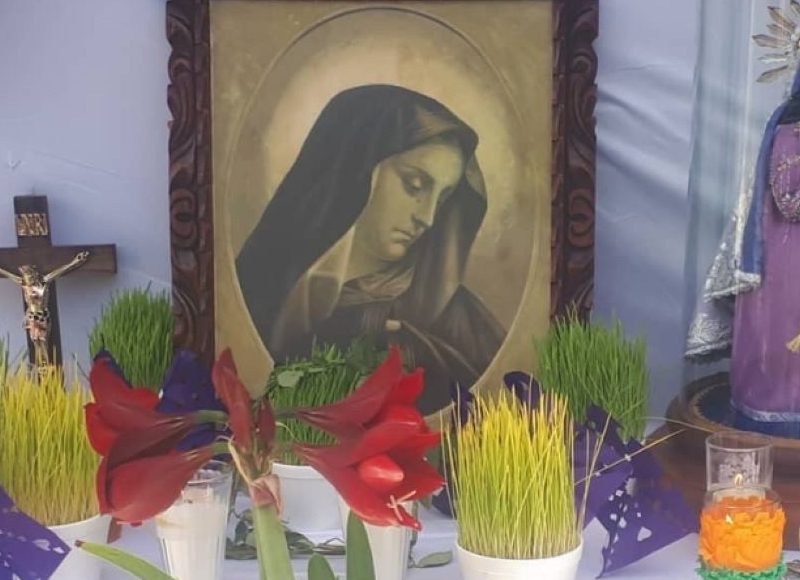The Virgin of Sorrows has two festivals throughout the liturgical year: one in September and another in Lent, but what is the reason for this double celebration?
Twice a year we have the celebration of the Virgin of Sorrows, however, one festival is included in the liturgical calendar and the other remained, rather, in popular tradition. Which is the reason?
Festival of September 15
Based on the reform of the Roman calendar, emanating from the Second Vatican Council, Pope Paul VI published the document Marialis cultus , which highlights the role of the Blessed Virgin Mary and “has made it possible to include in a more organic way and with closer cohesion the memory of the Mother within the annual cycle of the mysteries of the Son” ( MC 2 ).
We find in this document a reaffirmation of September 15 as the memory of Our Lady of Sorrows, a day after the Exaltation of the Holy Cross. “A propitious occasion to relive a decisive moment in the history of salvation and to venerate, together with the Son exalted on the Cross, the Mother who shares her pain” ( MC 7 ).
This festival has been celebrated since the Middle Ages.
Friday of pain

Associating the Blessed Virgin with the pains of her Son on the cross, a celebration was also held on the Friday after Passion Sunday or Palm Sunday.
In the 17th century, two commemorations of the Seven Sorrows of the Virgin were celebrated and two popes extended this festival to the entire Church: Pope Benedict XIII did so with the festival of “Friday of Sorrows” in 1472; and Pope Pius VII, in 1814, set the celebration on September 15.
The tears of the Virgin
Currently we find that the liturgical festival is celebrated only on September 15, but the popular tradition of making altars dedicated to the Sorrowful Mother on the Friday before Good Friday has remained. And, furthermore, the beautiful custom of decorating them with wheat and lentil sprouts, placing oranges, flowers and purple paper is still preserved.
And the most beautiful thing, at least in Mexico: people continue to give flavored water and snow, which represent the “tears of the Virgin”, preceding Holy Week.
